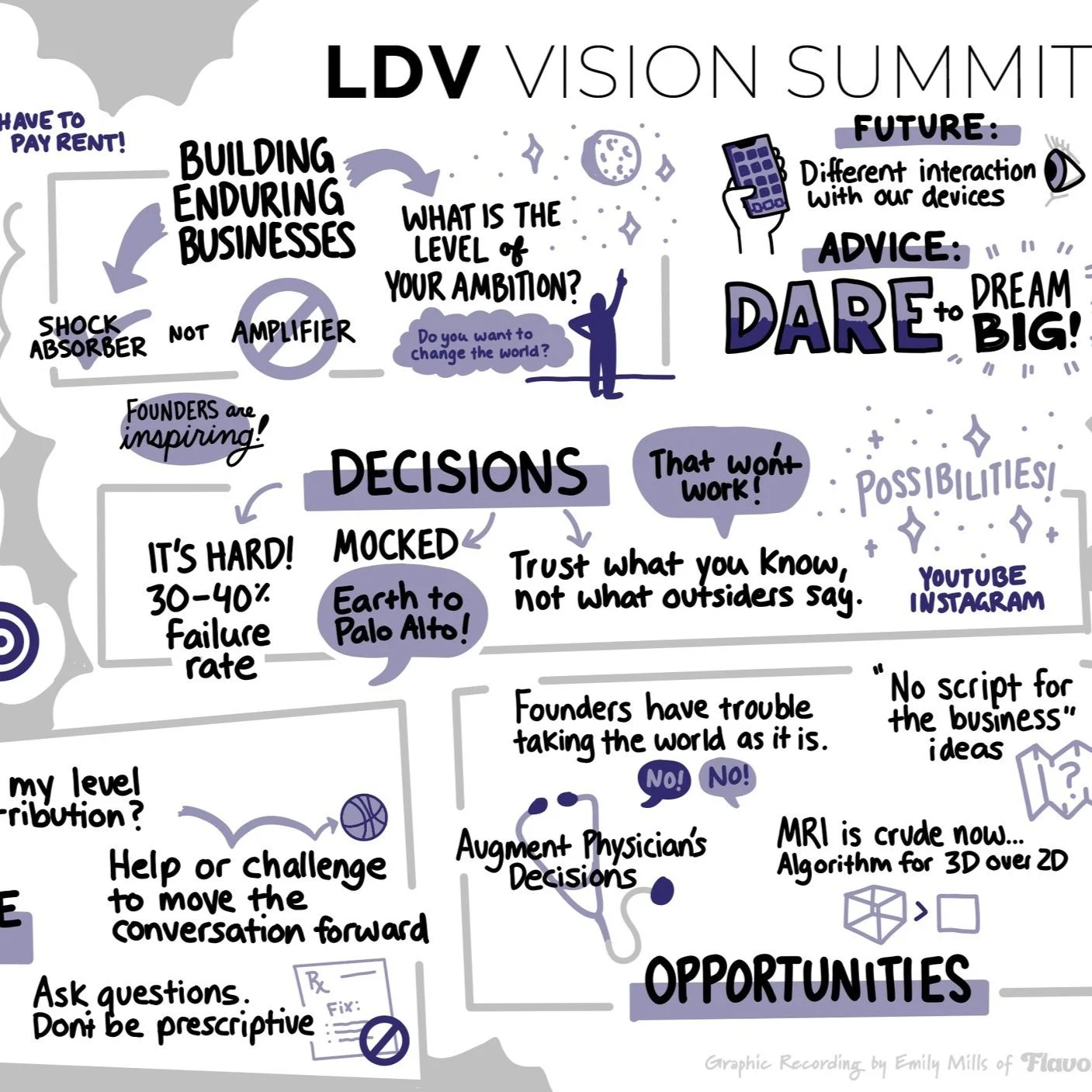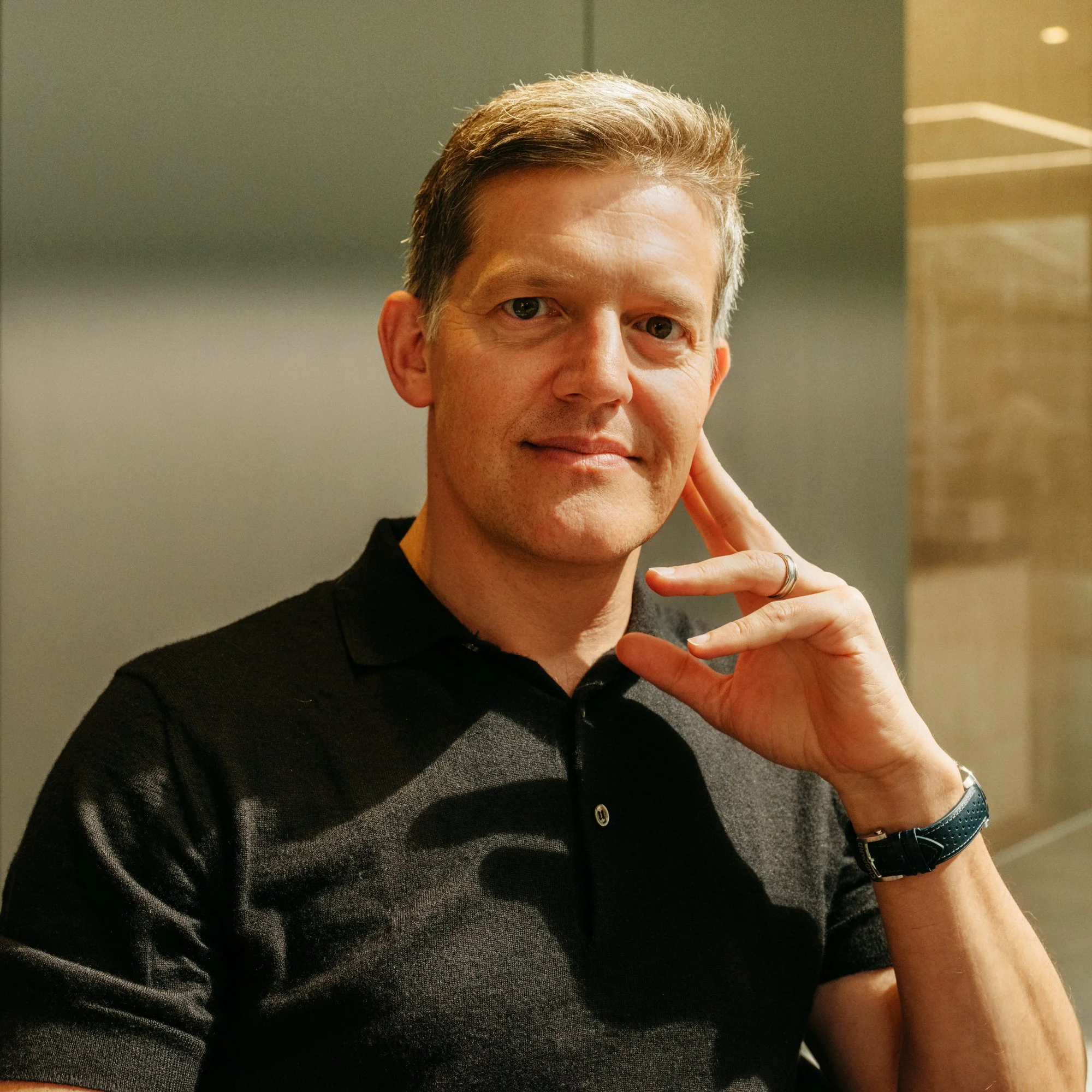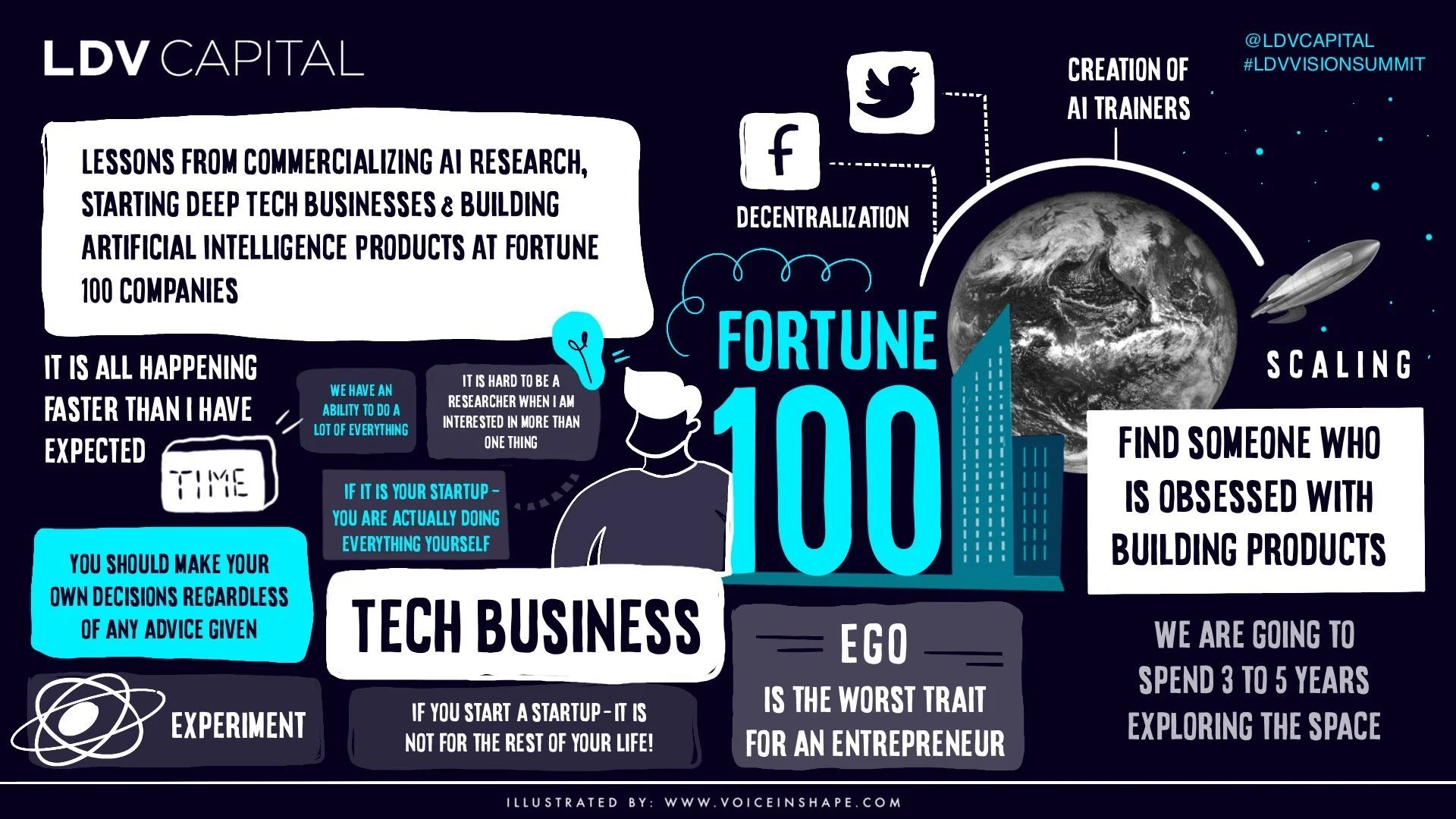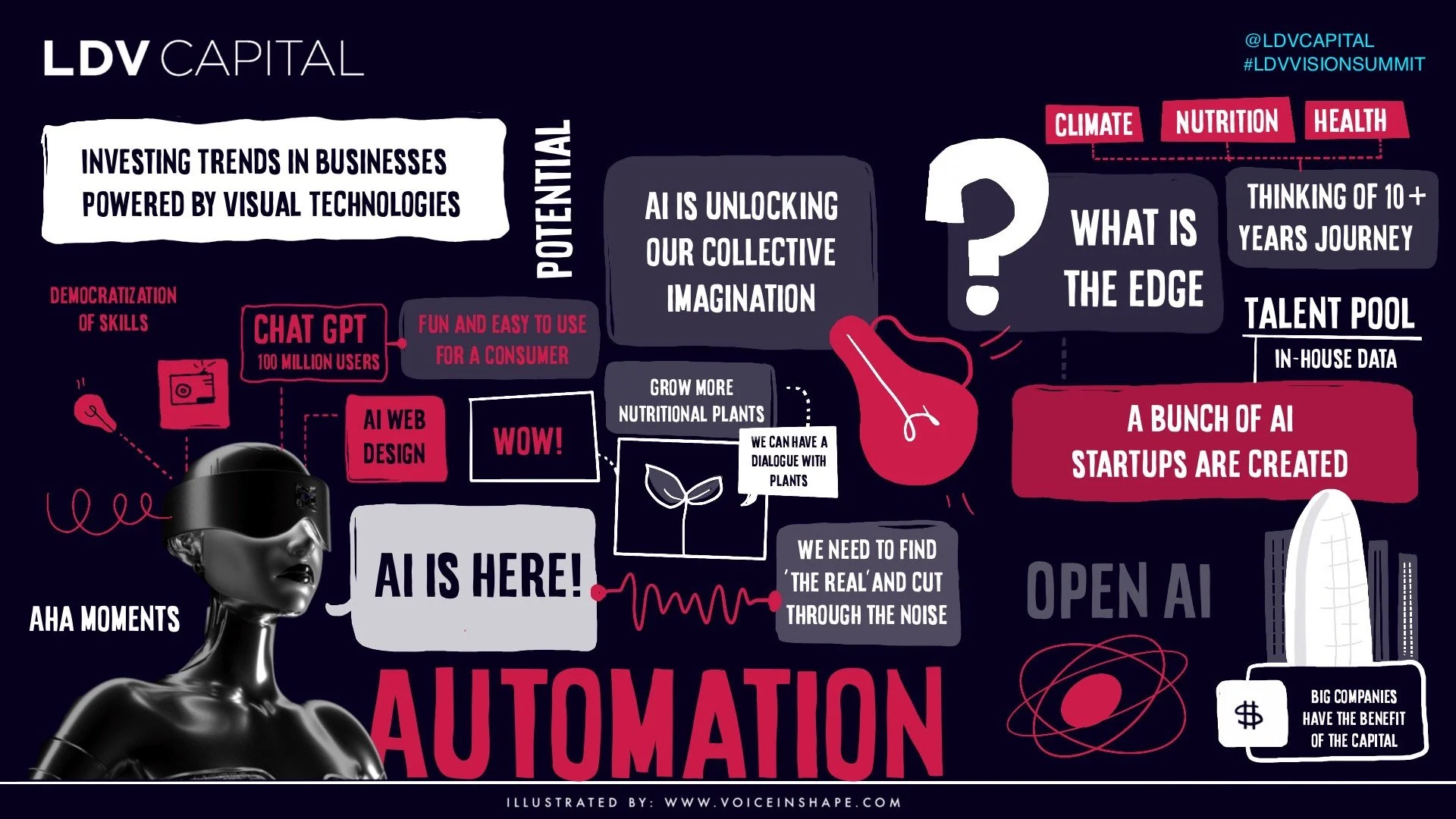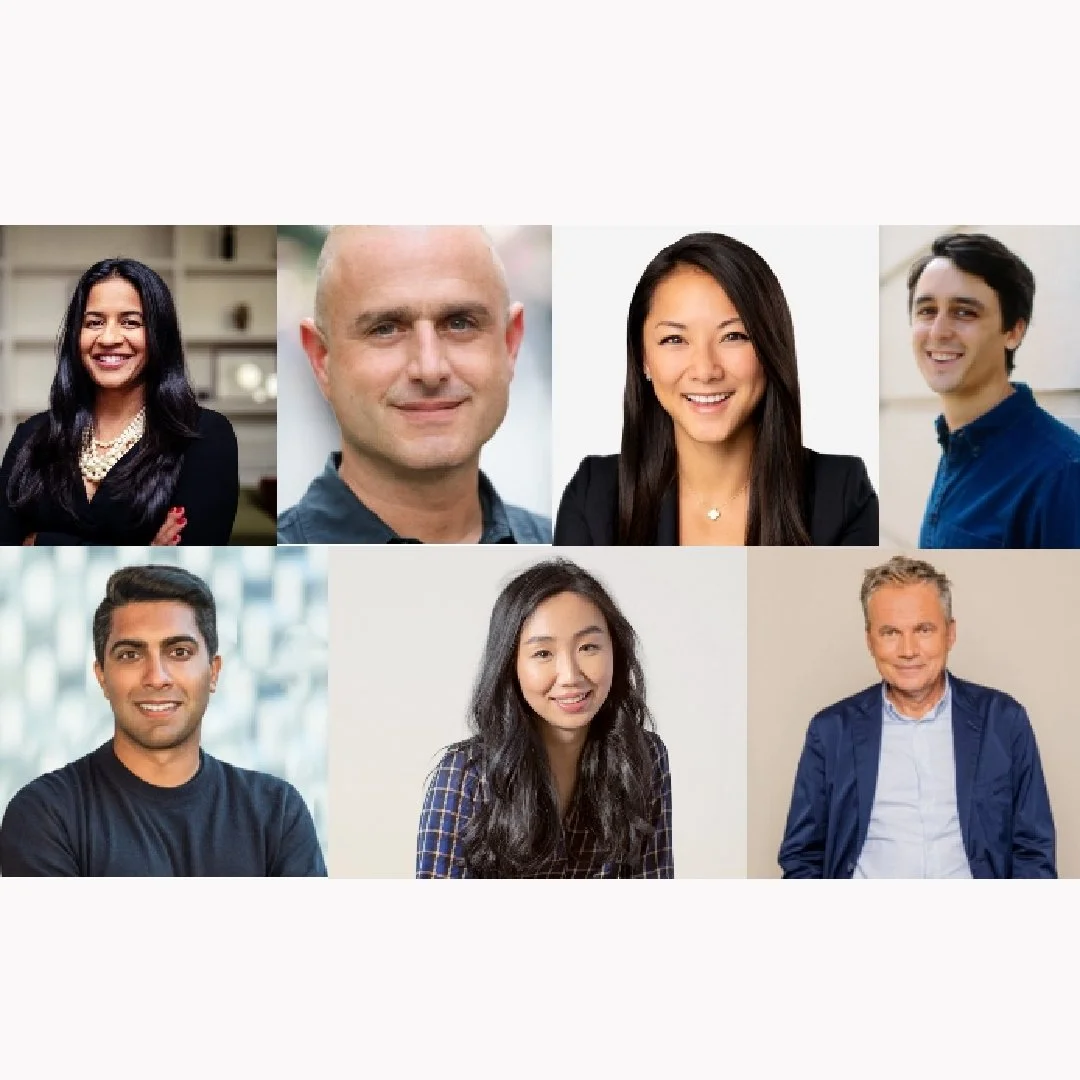From Publisher of Spy Magazine to Reimagining Business Insights as Entertainment
/As we gear up for our annual LDV Vision Summit, we’re highlighting some speakers with in-depth interviews.
The term “cult following” is typically reserved for movies or books, not defunct media enterprises from the pre-internet era. But that’s what comes to mind with Spy magazine. Spy’s founding publisher Tom Phillips is quick to point out that the satirical monthly magazine that captured urban discourse in the late ‘80s never grew beyond 160,000 readers, minuscule by contemporary heavyweights.
Still, the significance of Spy can’t be overstated. In Tom’s case, the success of the magazine set him on a far-reaching trajectory that included multiple businesses sold, a nearly four-year stint at Google, and in the present at the helm of a company, Section4, that’s aiming to do for business what Netflix did for entertainment.
In this article, Tom talks about how Section4 will take business intelligence to a whole new level. Read on to learn about his entrepreneurial journey, his tips for startup founders, why he’s excited for our LDV Vision Summit, and more.
How Spy Reinvented the Magazine
Tom Phillips makes what some might consider a controversial statement. When asked which entertainment outlets with personalized feeds are doing algorithms right, he says no one is. “Netflix, I gotta say is kind of disappointing,” he adds.
When a serial entrepreneur calls a company with a $150 billion-dollar market cap disappointing you know they have something big in the works.
“Spy was the first hyperlinked publication before there were hyperlinks.”
As the founding publisher of Spy, Tom was at the forefront of media in a time when “clicks” didn’t count. Still, not being an Internet entity — Spy shuttered in 1998, well after Tom departed, without ever having a web presence — didn’t stop it from becoming an outlet that broke ground. In many ways, Spy’s successes and distinctions popularized and foreshadowed elements of media that prevail in today’s digital age. “[Spy] was known for really reinventing the way magazine graphics were done,” says Tom. “Spy was the first hyperlinked publication before there were hyperlinks.”
Spy’s founding team: Tom Phillips, Kurt Andersen, and Graydon Carter for Barneys, 1988.
Photo by Annie Leibowitz
He explains, “This whole idea that there were endless layers of information was something that Spy brought to life and it brought it to life editorially and graphically. So in a given article you would have not played the article straight like a New Yorker article, or the article played straight with a sidebar like a TIME magazine or Fortune magazine article. Or an article with a certain arc that ran for X thousand words and then had sort of a subset piece here and a subset piece here or a linked article like an Esquire or Rolling Stone.”
“A given article would have 10 different sidebars. It would have data attached to it. It would have charts. Some of the charts were kind of serious, some of them were just funny ways to show information.”
Some of the concepts driven by Spy seem especially pertinent in today’s media-rich digital landscape.
“It was a visualization of information, of editorial point of view, and of data that really broke new ground,” says Tom. “The editor of Entertainment Weekly at the time will tell you this if you can track him down. They basically looked at Spy and said, ‘Let's do that for a mainstream audience.’”
Photo courtesy Tom Phillips
From Old Media to New Media
Tom moved on from Spy when he started getting the sense that it was time to shift his focus to the then-nascent Internet. “When I left Spy, it was the magazine I'd always dreamed of. And I didn't want to stay in the magazine [business]. I had a little bit of foresight at the time to think that the idea of print journalism doesn't really have legs as we move into a future that's looking like it's gonna be digital, computer-based.” From Spy, Tom has had a career that follows old media’s transformation to new media: from President of ABC News Internet Ventures to ESPN to Deja.com (sold to Google and eBay in 2001) to Google (as the director of search & analytics) to Dstillery, where he served as CEO.
After Spy, Tom says the shift went from visual depiction of media to a data focus. “We chose to do a web-based sports service because bandwidth was so constrained,” he says of his time at Starwave. “And with sports, scores and headlines tell a big part of the story.”
“We could do box scores, we could do real time scores, we could do headlines. We could do headlines from different perspectives. The stuff that we could do with very limited bandwidth. Where with most information intensive and entertainment oriented media, limited bandwidth is just death. There's just nothing you can do.”
Tom’s path reflects less a diminishing interest in the media-rich imagery that Spy was known for and more the limitations. To hear him tell it, the industry has just been catching up to the big things that are possible with high bandwidths and a visual focus.
“The big winners of the 90s were Yahoo, Amazon and Ebay. So which one of these is producing content? None of them at that stage. They're all just channeling user generated information and selling stuff, right? And even selling stuff was user generated at Ebay.
“So I just figured, you know, as much as I loved being a magazine publisher and being a publisher, and being a creator of inspiring and rich entertaining information, I went the other direction. I went more and more toward data centricity and abstraction. And really only with this venture, with Section4, am I back to, ‘Oh, okay. It's now 2019. We can now produce incredibly rich content and make a business out of it.’"
Tom playing in a house band called the Algorhythms (courtesy Tom Phillips)
Coming Full Circle with Section4
The thesis at Section4 is simple, but ambitious, and it’s something Tom says no one else is doing: “If we can generate business insights for professionals and actually deliver them like TV, then we can create the business insights Netflix.That we can deliver a whole smorgasbord of great entertainment that is also edifying to professionals.”
“Business media today is stuck in the 20th century,” says Tom. “It's all linear TV and text-based news and analysis. To translate that into a rich digital medium is a lot of work. It's hard, but we can do that. We're convinced that our approach will appeal to 32-year-olds, not 68-year-olds.”
The key is that cutting-edge technologies like AI and machine learning haven’t even come into play yet in media. “We're fully capable of thinking in those terms and I've run companies that are big data-based AI companies. That's not the domain that is important here. What's important here is paying attention to what people need professionally and respond to emotionally.”
The goal, says Tom, is “to create great short form TV out of professional services, in a professional services domain. No one's done that before.”
Algorithms, although essential, aren’t the hard part. “Our content, because we're professional, is much easier to quantify and categorize and create meta tags around. The algorithms are gonna be easy once we get them.” It will be a step up from Netflix because “[Netflix is] so squishy in terms of what the content is. It's hard to capture it in any kind of meta sense.”
“When people see it, they're gonna say, ‘Whoa. I didn't know I could be entertained and edified at the same time. I didn't know I could be professionally enhanced while I watched something really fun.’”
What’s more critical than any technology or algorithm is what media companies are still struggling with: attention and monetization. Section4 is ready to take advantage of the critical mass that media has reached.
“Getting attention in a crowded landscape is the biggest [constraint]. And then convincing people that this is good enough to pay for. That has changed dramatically in the last couple years. It used to be nothing was good enough to pay for, and partly because nothing was good enough to pay for.
“And now you have all these over-the-top subscription services that are all consumer-based, entertainment-based. We’re [trying to] create a network that's professional, that's even more premium-priced, and we think we can.”
What Visual Data Means for Publishing
As Section4 gears up for launch, Tom reflects on the future, and highlights where he thinks publishing still has a ways to go. “We live in a world where our access to data, and thereby our interest, is increasing by a multiple every year. It's crazy in terms of what's available to us.”
“The visualization of the data, to making it meaningful and digestible, will make great leaps in the next few years.”
“It has to happen because people are overwhelmed. And people need to see it to understand it. There's so much to be done. That's the thing that will be on everybody's mind and will make great strides, and frankly, we'll change the way we communicate.”
LDV Vision Summit and Tips for Founders
As he gets ready for LDV Vision Summit next month, Tom praises the diversity that he knows will be present.
“As an old white guy ... I know I'm gonna be in the minority, not in the majority. I spent my whole professional life being in the majority, and I like not being in the majority. It's kind of cool. It's refreshing. It's good for me and good for everyone.”
Confidence is key.
“You may not have a unique vision or be the most competent and qualified person to start this business, but you better believe that both of these things are true.”
As for what founders can learn from his journey, Tom adds, “I spent most of my career chasing and striving great business ideas and trying to build wildly successful businesses. In retrospect, I spent too little of it building products I love. The combination, of course, is magical.”
If you’re building a unique visual tech company, we would love for you to join us. At LDV Capital, we’re focused on investing in deep technical people building visual technology businesses. Through our annual Vision Events and monthly community dinners, we bring together top technologists, researchers, startups, media/brand executives, creators, and investors with the purpose of exploring how visual technologies leveraging computer vision, machine learning, and artificial intelligence are revolutionizing how humans communicate and do business.







